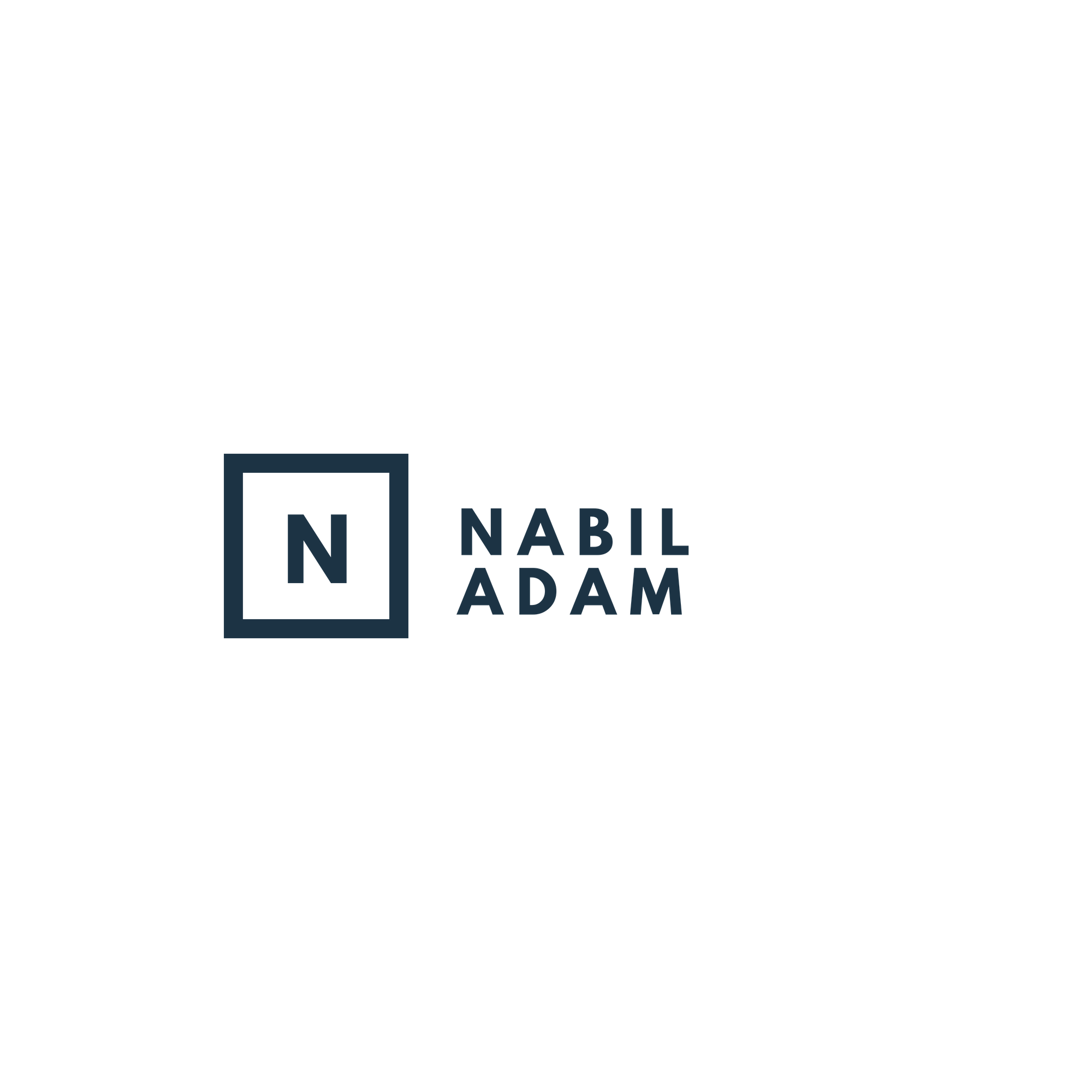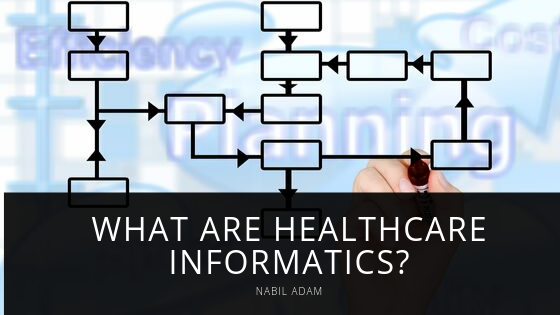Healthcare as an industry has been slower than others to incorporate new digital technologies and information management. Much of the work done in healthcare involves charts – patient medical records, test results, treatment plans. For the better part of the early 21st century, all of these records have been kept in physical paper files. While it’s certainly helpful to have these records, their physical form makes them cumbersome to manage and difficult to extract data for analysis. The realization that digitizing many of these charts and records could lead to better healthcare outcomes for patients has finally started to gain traction across the healthcare industry. The incorporation of new technologies and information management strategies has been on the rise in healthcare in recent years. And this is where healthcare informatics comes into play.
According to the author of Healthcare Informatics, Stephan Kudyba, informatics is “utilization of information technologies and information management tactics to enhance process efficiencies.” So when we think of healthcare informatics, we’re really talking about how healthcare information is acquired, stored, and retrieved. The purpose of these systems is improving collaboration between a patient’s healthcare providers. It only makes sense that improving health data collection and analysis as well as patient and provider access to this information would produce positive outcomes. One national survey reported that “75%of healthcare providers attributed better patient care delivery to increased use of electronic health records.”
Electronic Health Records (EHRs)
Think about it. How many times have you gone to see a new doctor or specialist and been asked to list all your current medications, as well as personal and family health history? This process could be much easier with the widespread and consistent use of electronic health records. Electronic health records can facilitate provider coordination and collaboration.
Other Advancements in Health IT
Electronic health records are just one aspect of the advancements in health IT. Doctors now can write and send patient prescriptions directly to the pharmacy. Patients have access to mobile apps and other tools to be proactive in managing their health. Through the latest health care apps, patients can track their own wellness journey, make doctor’s appointments, manage and pay their medical bills, and even have telehealth appointments with physicians from a remote location.
As the healthcare industry continues to implement new technologies in the tracking and management of patient data, there are certain to be challenges. However, in many cases, those challenges are far outweighed by the benefits.

